Help setting up new water softener
esinc52
10 years ago
Related Stories

GARDENING GUIDESGreat Design Plant: Northern Maidenhair Fern Softens Shade Gardens
Stir up some romance in dark corners with the billowy fronds of native Adiantum pedatum
Full Story
GARDENING GUIDES8 Unthirsty Plants Help You Save Water in Style
Spend less effort and money on your landscape with drought-tolerant and native plants that liven up your yard
Full Story
GARDENING GUIDESGreat Design Plant: Palo Blanco Softens Sharp Desert Angles
Willowy foliage and creamy white bark give this tree a delicate beauty, but its constitution is tough
Full Story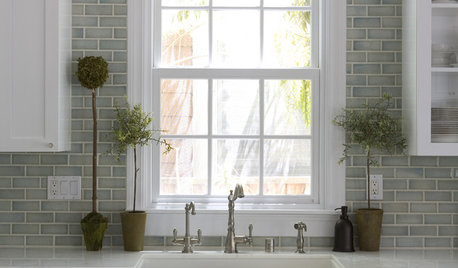
Indoor Gardener: Topiaries Help Rooms Shape Up
Undeniably sculptural, topiaries in modern geometric to classic round shapes bring fresh artfulness to the home
Full Story
COLORPick-a-Paint Help: How to Quit Procrastinating on Color Choice
If you're up to your ears in paint chips but no further to pinning down a hue, our new 3-part series is for you
Full Story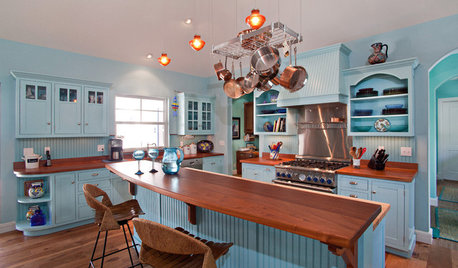
KITCHEN DESIGNHere's Help for Your Next Appliance Shopping Trip
It may be time to think about your appliances in a new way. These guides can help you set up your kitchen for how you like to cook
Full Story
HEALTHY HOME12 Ways to Set Up Your Kitchen for Healthy Eating
Making smart food choices is easier when your kitchen is part of your support team
Full Story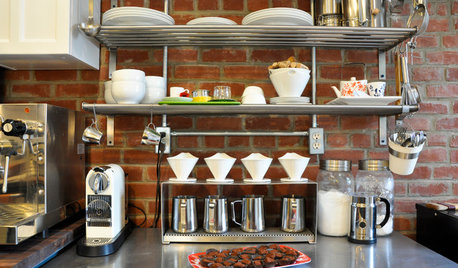
SHOP HOUZZHouzz Products: Set Up Your Dream Coffee Station
Wouldn’t it be nice to have your own café that never closes? With these tools and accessories from the Houzz Products section, you can
Full Story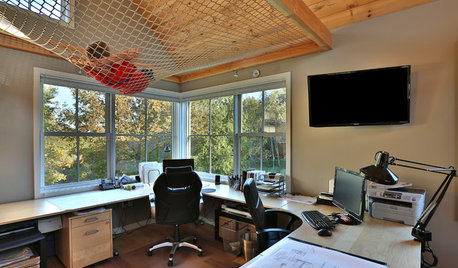
DESIGN PRACTICEHow to Set Up Your Design Studio at Home
Learn from an architect how to create a workspace that fuels your practice and feeds you inspiration
Full Story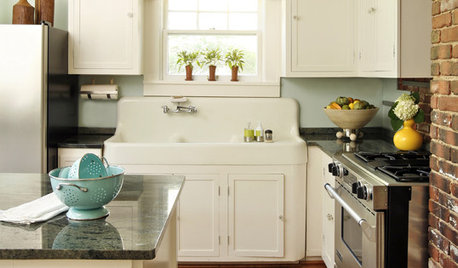
KITCHEN DESIGNHow to Set Up a Kitchen Work Triangle
Efficiently designing the path connecting your sink, range and refrigerator can save time and energy in the kitchen
Full Story


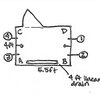

User
esinc52Original Author
Related Professionals
Harmony Plumbers · East Tulare County Kitchen & Bathroom Remodelers · Forest Hill Kitchen & Bathroom Remodelers · 20781 Kitchen & Bathroom Remodelers · Albuquerque Kitchen & Bathroom Remodelers · Athens Kitchen & Bathroom Remodelers · Key Biscayne Kitchen & Bathroom Remodelers · Lincoln Kitchen & Bathroom Remodelers · Newberg Kitchen & Bathroom Remodelers · Port Angeles Kitchen & Bathroom Remodelers · South Plainfield Kitchen & Bathroom Remodelers · Wilmington Kitchen & Bathroom Remodelers · Wilson Kitchen & Bathroom Remodelers · Lawndale Kitchen & Bathroom Remodelers · Glenn Heights Kitchen & Bathroom Remodelersesinc52Original Author
User
User
esinc52Original Author
esinc52Original Author
User
User
esinc52Original Author
esinc52Original Author
User
esinc52Original Author
esinc52Original Author
User
esinc52Original Author
esinc52Original Author
User